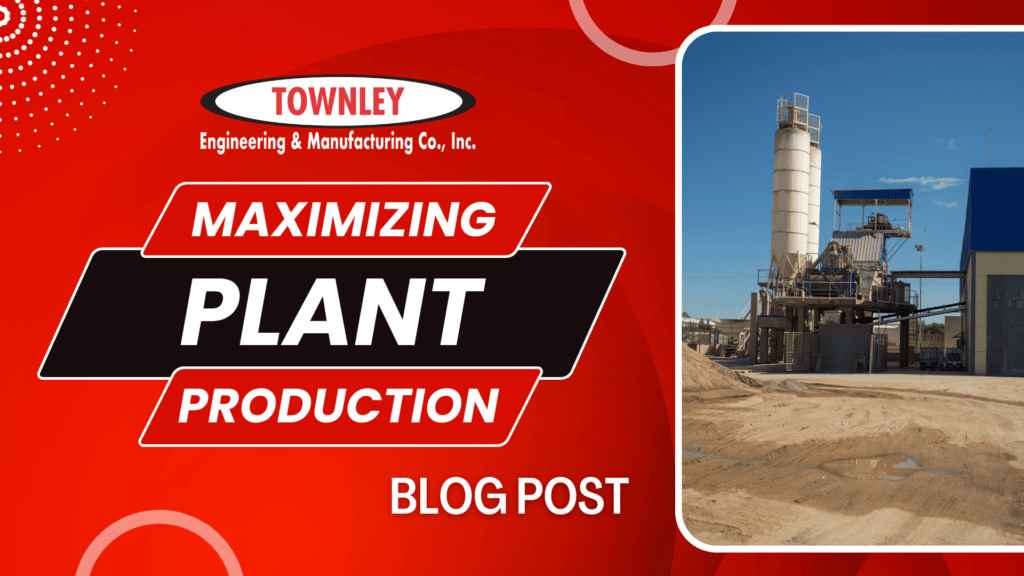Ask nearly any sand, aggregate, metal, or mineral processing plant what their plant capacity is, and they will be able to quickly give you a tons per hour of product their facility is designed to make. This will often be a number that everyone on site can give you without having to think about it. What is often less well known is exactly how efficient the plant is at producing at this rate. Based on many conversations at a wide variety of mineral processing plants, when you dig into this number and determine the difference between total number of tons of product a plant “should” be able to produce in a day or week and the often much reduced number of tons of product they actually produce during that time, the result is generally surprising to even the most attentive plant personnel. When you multiply that difference by dollars per ton the product can be sold for to determine total potential lost revenue, this becomes even more eye opening.
The amount of final product a plant can make is determined by the four primary categories of run time, throughput, recovery, and product quality. All four of these criteria should be tracked and given equal weight in maximizing plant production as, for example, if you maximize plant run time by just “limping along” at lower throughput rates, you are still not maintaining optimum production based on the reduced tons per hour produced during the run time. Here we will have a basic discussion of the types of things to look at to ensure you are getting the most production possible out of your plant.
Run Time
Of the four production criteria, run time is often the most closely watched, as it is the easiest to notice when you walk up to a plant that it isn’t running. However, for run time to be a useful metric, a few details must be identified:
- Define what you mean by run time. As it takes time for a plant to start up in various steps, you will typically need to define run time by the operation of a specific piece of equipment, such as the primary crusher, a specific feed pump, or material being dumped into the final product bin.
- Every minute the plant is not running to the above criteria during standard operating hours should be tracked in a log so that a total run time percentage can be calculated.
- In addition, every instance of down time should be listed with a reason. For example, is it down due to a safety meeting, lack of material from the mine site, feed pump maintenance, replacing screen media, scheduled plant maintenance outage, etc.
- These reasons for down time should be compiled over time to determine how many hours of production was lost due to each reason over the course of a month or longer relevant timeline. More importantly, these hours of downtime by reason should be converted to lost tons and ultimately lost dollars of revenue to highlight the importance of each downtime cause category. These dollar revenue conversions can then be utilized in justifications to upgrade a certain piece of equipment if it continually causes the plant to be shut down.
Throughput
While run time may be the most closely watched of the production categories, throughput may be among the least watched. If a plant is designed to run ten hours a day at 100 tons per hour, it is much more obvious when that plant is down two of those hours than it is that it only operates at 80 tons per hour, however the end result is exactly the same. Often times, operators will slow a plant down to maximize the run time thinking they are benefitting the plant, but in actuality they may just be masking a problem that needs to be fixed to optimize total plant production. In order to maximize throughput, several steps must be gone through.
- Step one: Identify the plant throughput bottleneck(s). As stated previously, most people at a plant will know the nameplate tons per hour a plant should be able to produce, but does everyone know what piece of equipment is the bottleneck causing this limitation? Sometimes the throughput bottleneck may change depending on feed quality. For example, there may be both a limitation in total tons per hour the primary crusher can handle and a limitation of the tons per hour of clays the thickener can handle. Thus, depending on how much clay is in the initial plant feed, it might change whether the crusher or the thickener is the actual throughput bottleneck
- Step two: Track the bottleneck. While it is important for an operator to know what the bottleneck in a plant is, that doesn’t help him unless he is able to have instrumentation or some other method to determine how close to that bottleneck he is. This can be done with belt scales, flow meters, density gauges, etc. depending on the piece of equipment we are talking about. Then, just like the recording of down time in the previous section, the operator should have a log to track why the plant was not running to full capacity or to the bottleneck limit. Just like with run time, these bottleneck limits should be compiled and tonnage / dollars of reduced production / revenue be tracked in order to evaluate the need for plant upgrades or modifications. At one plant, they installed a “speedometer” on the control room computer to show the percent of real time actual throughput based on instrumentation divided by theoretical maximum throughput at any given time. The goal of the operator was then to “peg out” the speedometer at 100% to get maximum tonnage through the plant. By creating an easy to read visual of plant throughput, it was reported that daily production increased by up to 15% on some shifts within a week of this visual speedometer being installed on the control system.
- Step three: Focus effort to achieve the bottleneck – Once the operator is able to track where the plant is operating compared to the throughput bottleneck, everything should be focused on getting the plant to run up to that bottleneck as much as possible. For example, it may be asked if an operator sees the primary screen is starting to see blinding in one section reducing the potential throughput of the screen, should he shut the plant down to clean it out? The answer falls out of identifying the plant bottleneck. If the primary screen is the bottleneck, then maximizing throughput of material through the screen is of upmost importance. However, if the screen is oversized and not a plant bottleneck, then as long as the bottleneck is being satisfied, there is no need to worry about the current level of blinding in the screen.
- Step four: Evaluate the information to see if it makes sense to increase the throughput at the bottleneck. Just because you find a bottleneck doesn’t mean you have to eliminate it. It may be that the cost of increasing production at this bottleneck cannot be justified by the increased production itself. However, once you are maximizing plant production up to that bottleneck point, you know that you will not be able to increase production without addressing this bottleneck. Note also that once you increase throughput at this bottleneck, another bottleneck will form, and you will need to go through this process again.
Recovery and Product Quality
The last two categories of recovery and product quality need to be looked at together, as they often are in tension with each other. For example, you can maximize recovery by dumping everything into the final product bin, but the quality of that product will be such that it cannot be sold. At the same time, you can spend a lot of time and effort to ensure you have the highest quality product possible, but if in doing that you end up throwing out a lot of good product, then this also is not a good solution. The best solution is to have a system that just barely meets the quality requirements of your customers, while maximizing the production of that product.
When looking at recovery, it is important to remember to look at all points in your plant where you may be losing material. This could be in tailings lines going to ponds or back into the pit, but it can also be found at a point of spillage at any step in the process, such as at transfer points or bins. It can be a huge financial waste to spend all the money necessary to mine and process the material, only to have it lost due to spillage at the final product loadout location or washed away from a stockpile.
How Can Townley Help?
Townley can help maximize your plant’s production by utilizing its nearly 60-year history of engineering and manufacturing high quality products for the mining industry. Whether your need is longer lasting, high quality parts designed and manufactured out of our high chrome alloys, urethane, or rubber materials from our US based foundry and shops to decrease your down time and increase your overall production, or if you need the advice of one of our many experienced personnel who have solved a wide variety of problems in many different plants by evaluating the existing operational systems, Townley can help ensure you are getting the maximum value out of your operation.

